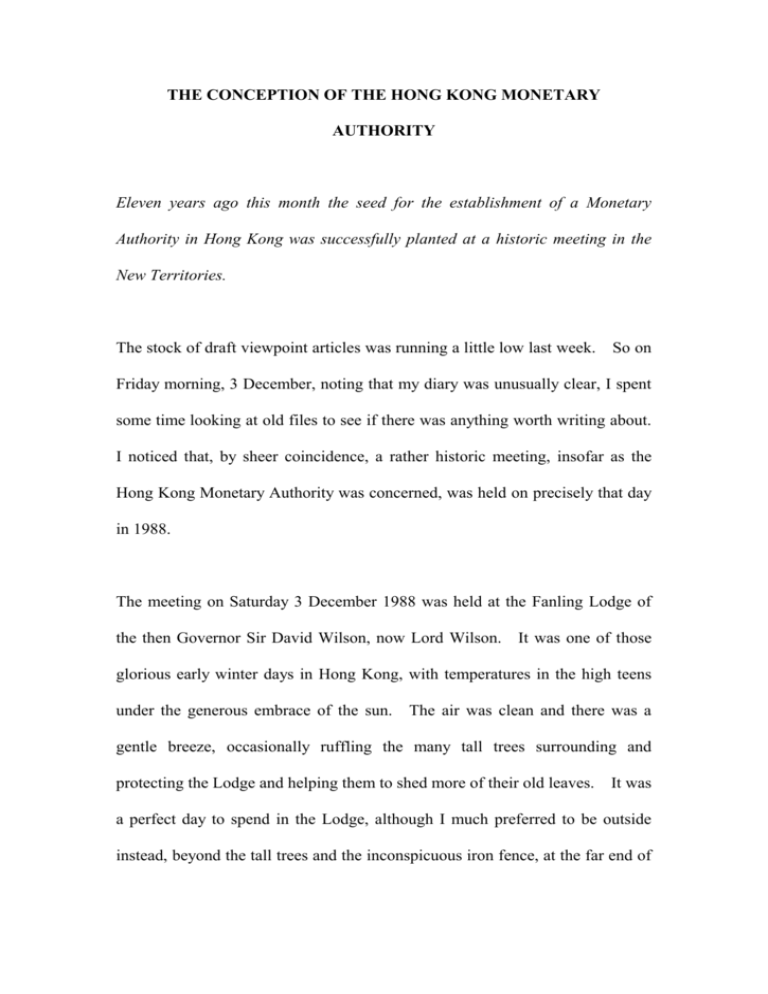The Count Of Monte Cristo: A Detailed Review Of Dumas' Masterpiece

Table of Contents
The enduring popularity of The Count of Monte Cristo speaks volumes. Alexandre Dumas's thrilling adventure novel, a sprawling tale of betrayal, imprisonment, escape, and meticulously planned revenge, continues to captivate readers centuries after its publication. This classic of literature explores timeless themes of justice, revenge, and redemption, making it as relevant today as it was in the 19th century. This review delves into the heart of Dumas’s masterpiece, examining its compelling plot, memorable characters, and enduring thematic resonance.
A Compelling Plot: Revenge and Redemption
The Unjust Imprisonment of Edmond Dantes
Edmond Dantes, a young and promising sailor, finds his life cruelly shattered by a web of deceit and betrayal. Falsely accused of treason by Fernand Mondego (a jealous rival), Danglars (an envious shipmate), and Villefort (an ambitious prosecutor), Edmond is unjustly imprisoned in the infamous Chateau d'If. This wrongful imprisonment forms the tragic foundation upon which the entire narrative is built.
- Betrayal's Key Players: Fernand, driven by lust for Mercédès, Edmond's fiancée; Danglars, fueled by petty jealousy and greed; and Villefort, protecting his own ambition and social standing.
- The Crushing Weight of Injustice: Edmond's experience within the prison walls showcases the brutal realities of a corrupt system, highlighting the suffering endured by the innocent. This injustice fuels his burning desire for revenge.
The Escape and Transformation
Years of confinement transform Edmond. His encounter with Abbé Faria, a fellow prisoner and wise mentor, proves pivotal. Abbé Faria not only shares his vast knowledge but also reveals the location of a hidden treasure on the island of Monte Cristo. This discovery acts as the catalyst for Edmond's escape and his astonishing transformation into the enigmatic Count of Monte Cristo.
- Acquisition of Knowledge and Skills: Edmond emerges from prison not only with wealth but also with refined intellect, unparalleled swordsmanship, and a wealth of knowledge that allows him to meticulously orchestrate his revenge.
- The Psychological Shift: The innocent, optimistic sailor is replaced by a sophisticated, calculating figure, driven by a thirst for retribution.
The Elaborate Plan of Revenge
The Count's revenge is not impulsive; it's a carefully crafted masterpiece. He methodically targets each of his betrayers, manipulating events to expose their hypocrisy, ruin their lives, and bring them to ruin. Dumas masterfully builds suspense, delaying the gratification of revenge, adding layers of complexity and moral ambiguity.
- Targeted Retribution: The Count systematically dismantles the lives of Danglars, Fernand, and Villefort, exposing their crimes and ensuring they suffer consequences proportionate to their deeds.
- Moral Ambiguity: While satisfying to witness, the Count's actions raise profound questions about the nature of justice and the ethical implications of revenge. Is his pursuit of vengeance truly justified, or does it merely perpetuate a cycle of suffering?
Memorable Characters: A Cast of Villains and Victims
Edmond Dantes/The Count of Monte Cristo
Edmond's character arc is the narrative's centerpiece. His transformation from an innocent victim to a vengeful Count is a compelling study of human nature's capacity for both good and evil. The question of whether he ultimately finds redemption or remains consumed by his quest for vengeance is a key point of analysis for many readers.
- Motivations and Methods: Initially driven by a desire for justice, his methods become increasingly ruthless, blurring the line between right and wrong.
- Redemption or Ruin?: The ending of the novel is open to interpretation, leaving readers to contemplate the true nature of Edmond's transformation and whether true forgiveness is possible.
The Antagonists: Danglars, Fernand Mondego, and Villefort
The antagonists are not simply one-dimensional villains. Each has their own motivations, flaws, and complexities, adding depth to the narrative.
- Danglars: Driven by envy and greed, Danglars embodies avarice and social climbing.
- Fernand Mondego: Consumed by jealousy and ambition, Fernand's actions reveal the destructive nature of pride and unrequited love.
- Villefort: Representing the hypocrisy and corruption of the legal system, Villefort's actions are motivated by self-preservation and a desperate need to maintain his social standing.
Supporting Characters: Haydée and Mercedes
Haydée, a captive rescued by the Count, and Mercedes, Edmond's former love, provide crucial counterpoints to the central narrative of revenge.
- Haydée's Influence: Haydée’s story introduces themes of slavery and freedom, adding another dimension to the narrative.
- Mercedes's Role: Mercedes’s loyalty and subsequent heartache highlight the destructive nature of the Count’s actions, suggesting that his quest for revenge brings more sorrow than satisfaction.
Thematic Exploration: Justice, Revenge, and Redemption
The Pursuit of Justice
The Count of Monte Cristo explores the complexities of justice, contrasting official justice with the Count's personal brand of retribution. Is revenge truly justice, or is it merely a different form of violence?
- Official Justice's Failings: The novel critiques the failings of the judicial system, demonstrating how it can be easily manipulated by those in power.
- The Count's "Justice": The Count's actions, while satisfying to the reader, highlight the problematic nature of self-administered justice.
The Nature of Revenge
The novel delves into the psychological toll of revenge, showing the corrosive effect it has on both the avenger and the victims. Does revenge bring satisfaction, or does it merely perpetuate a cycle of suffering?
- The Cycle of Revenge: The Count's actions inadvertently set in motion further cycles of revenge, reminding us of the destructive power of unchecked anger.
- Emotional Scars: Both the Count and those he targets endure lasting emotional damage from the escalating acts of revenge.
The Possibility of Redemption
The question of redemption is central to the novel's conclusion. Does Edmond ultimately find peace and forgiveness, or does he remain trapped by his past actions?
- Different Interpretations: The ending can be interpreted in various ways, allowing readers to consider the possibility of true forgiveness and moving on from past wrongs.
- True Forgiveness?: The novel leaves the reader to consider whether the Count truly finds redemption or merely escapes the consequences of his actions.
Conclusion
The Count of Monte Cristo remains a captivating masterpiece due to its thrilling plot, richly developed characters, and exploration of complex themes. Alexandre Dumas masterfully crafts a story that keeps readers on the edge of their seats while simultaneously prompting introspection on justice, revenge, and the elusive nature of redemption. The novel's enduring appeal lies in its ability to connect with readers on an emotional level, raising questions about morality, justice, and the consequences of our choices.
If you haven't already, pick up a copy of The Count of Monte Cristo and embark on this unforgettable journey! Discuss the novel's themes with friends, explore different interpretations of the ending, and delve deeper into the complex characters that populate this timeless classic of adventure and revenge. You may also want to explore other works by Alexandre Dumas to further appreciate his literary prowess and contribution to classic literature.

Featured Posts
-
 Canelo Vs Crawford Rolly Romero Predicts An Upset Ending After Dominant Performance
May 05, 2025
Canelo Vs Crawford Rolly Romero Predicts An Upset Ending After Dominant Performance
May 05, 2025 -
 Tony Todds Final Destination Bloodlines Appearance A Look Back
May 05, 2025
Tony Todds Final Destination Bloodlines Appearance A Look Back
May 05, 2025 -
 One Last Fight Former Ufc Champion Returns From Hiatus
May 05, 2025
One Last Fight Former Ufc Champion Returns From Hiatus
May 05, 2025 -
 Hong Kong Monetary Authoritys Us Dollar Intervention A Deep Dive
May 05, 2025
Hong Kong Monetary Authoritys Us Dollar Intervention A Deep Dive
May 05, 2025 -
 I Emma Stooyn Kai I Monadiki Tis Emfanisi Se Prosfati Ekdilosi
May 05, 2025
I Emma Stooyn Kai I Monadiki Tis Emfanisi Se Prosfati Ekdilosi
May 05, 2025
Latest Posts
-
 Unlocking The Tampa Bay Derby 2025 Odds Field Analysis And Kentucky Derby Projections
May 05, 2025
Unlocking The Tampa Bay Derby 2025 Odds Field Analysis And Kentucky Derby Projections
May 05, 2025 -
 Tampa Bay Derby Odds 2025 Analyzing The Field And Predicting Kentucky Derby Hopefuls
May 05, 2025
Tampa Bay Derby Odds 2025 Analyzing The Field And Predicting Kentucky Derby Hopefuls
May 05, 2025 -
 Verstappens New Role Horners Clever Observation
May 05, 2025
Verstappens New Role Horners Clever Observation
May 05, 2025 -
 2025 Tampa Bay Derby Expert Predictions Odds And Potential Kentucky Derby Contenders
May 05, 2025
2025 Tampa Bay Derby Expert Predictions Odds And Potential Kentucky Derby Contenders
May 05, 2025 -
 Georgetown Womans Kentucky Derby Festival Queen Victory
May 05, 2025
Georgetown Womans Kentucky Derby Festival Queen Victory
May 05, 2025
